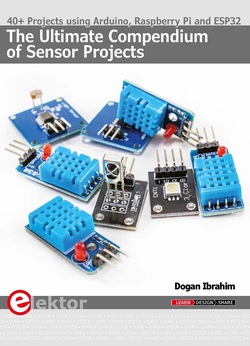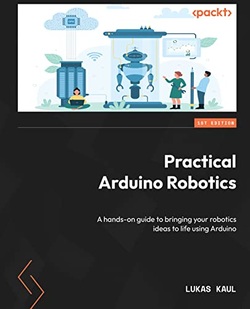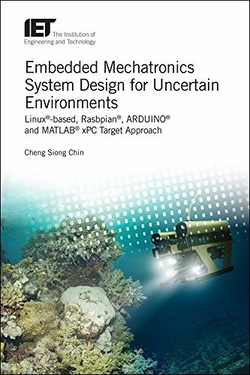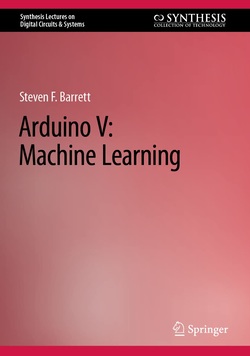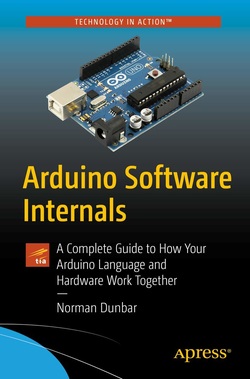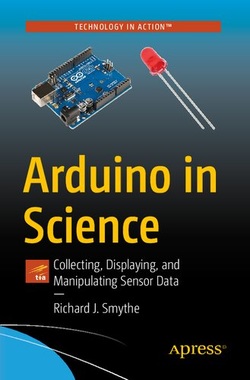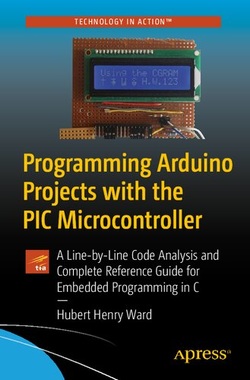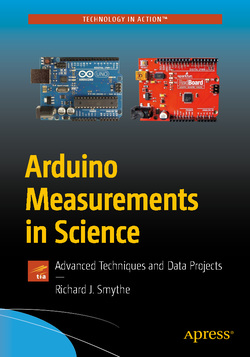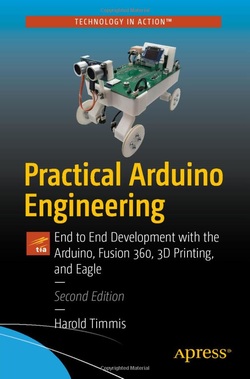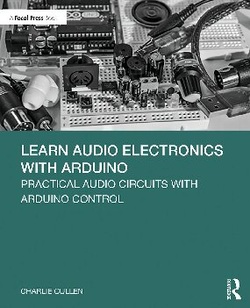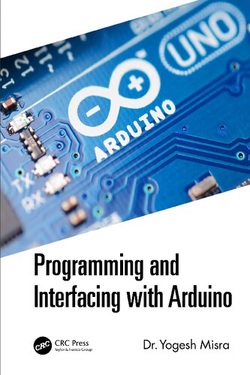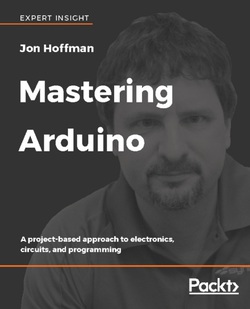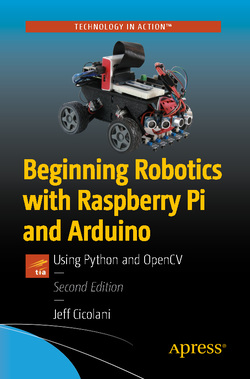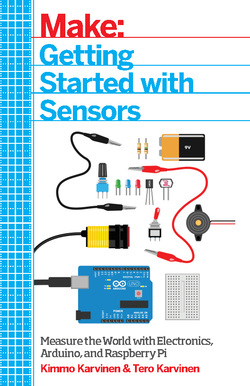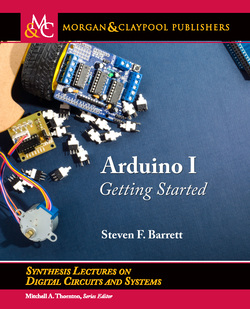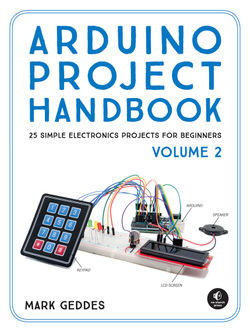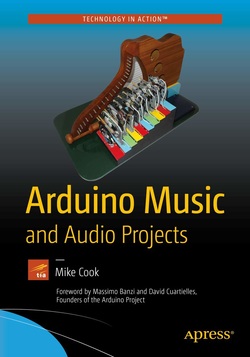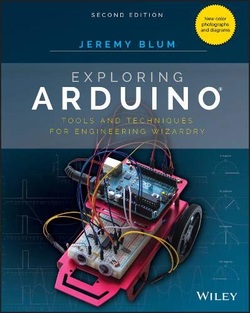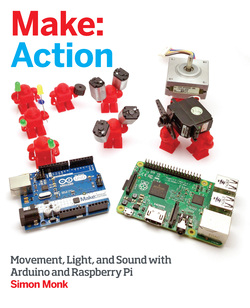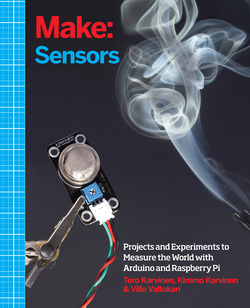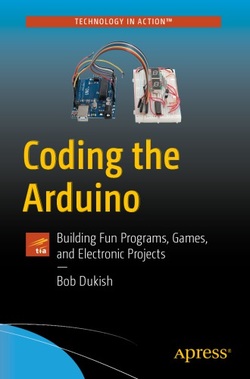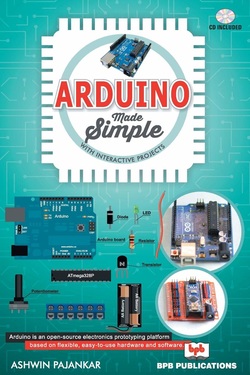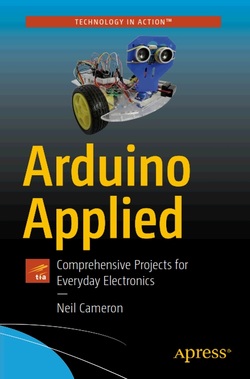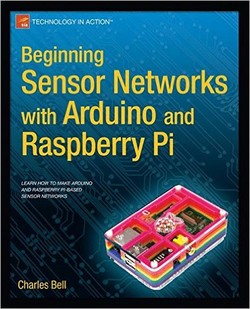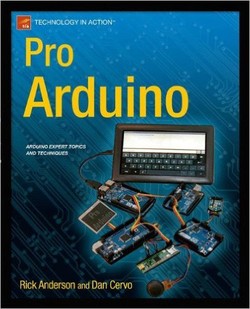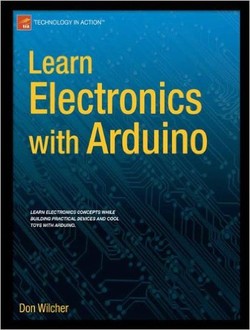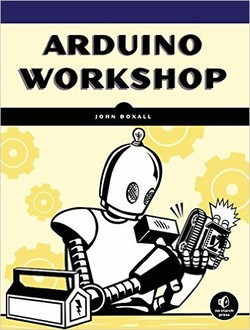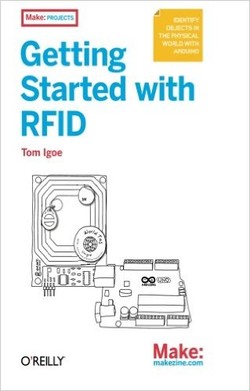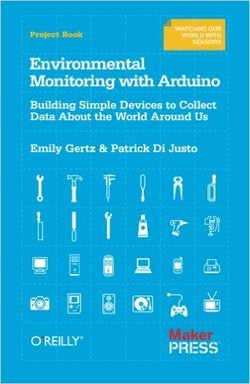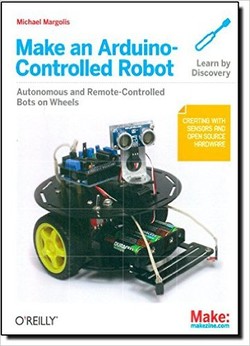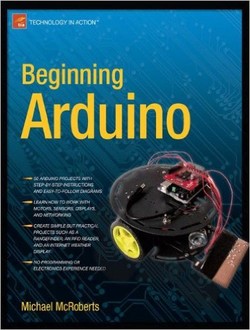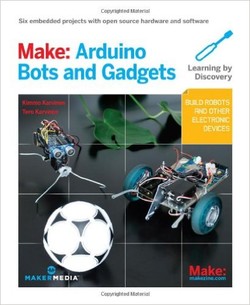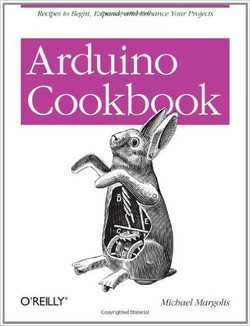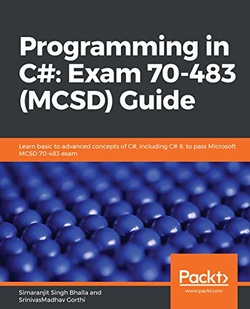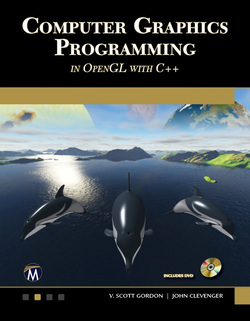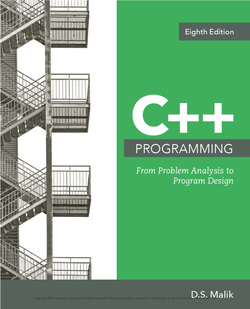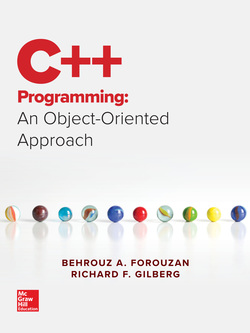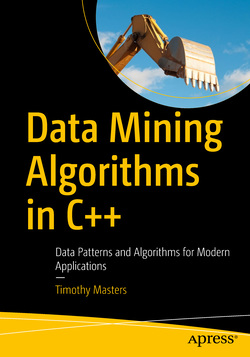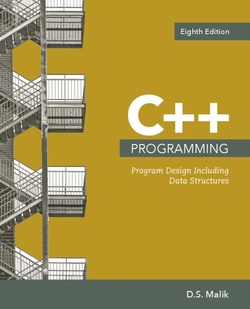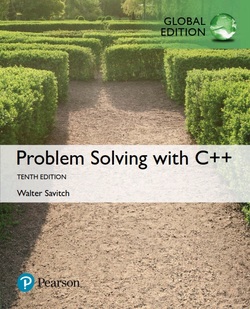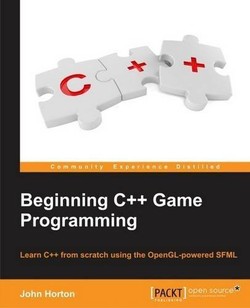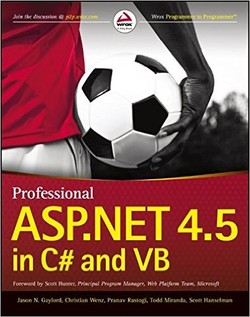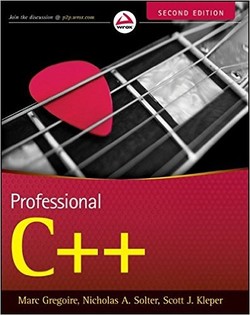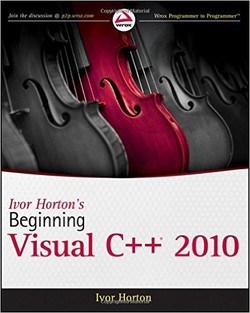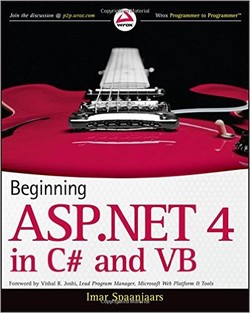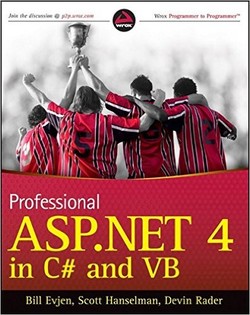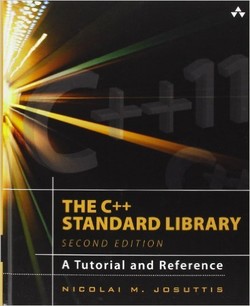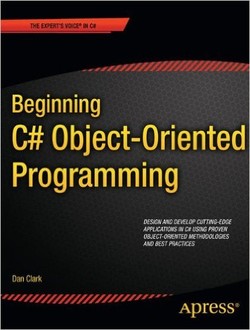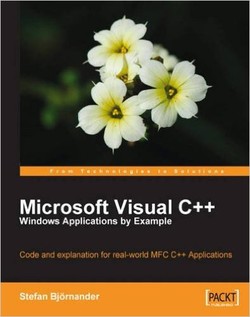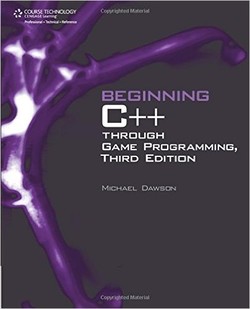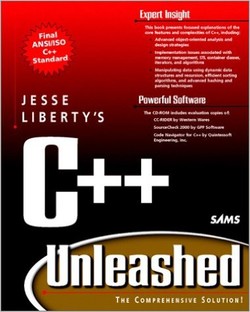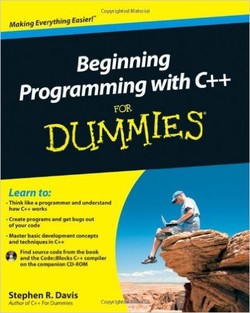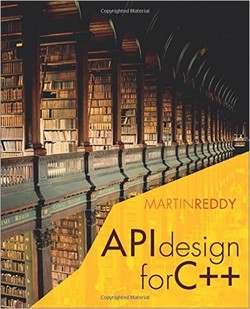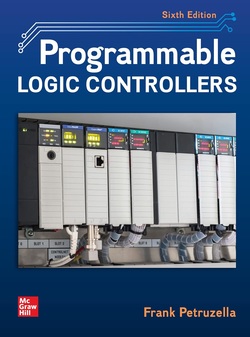آغاز کار با زبان C برای میکروکنترلرهای آردوینو
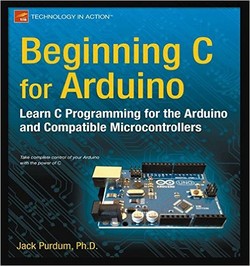
“آغاز کار با زبان C برای میکروکنترلرهای آردوینو” برای آندسته از افرادی نوشته شده است که هیچ تجربه قبلی با میکروکنترلرها و برنامهنویسی ندارند اما علاقهمند به آزمایش و یادگیری هردو آنها میباشند.
این کتاب، زبان برنامهنویسی C را به شما معرفی میکند و هر ساختار برنامهنویسی را با یک شرح ساده ازینکه شما چگونه میتوانید از زبان C برای کنترل خانواده میکروکنترلرهای آردوینو استفاده کنید، تقویت میکند. Jack Purdum نویسنده کتاب،از یک سبک جذاب برای آموزش تکنیکهای خوب برنامهنویسی استفاده میکند. همچنین از نمونههایی که درطول 25 سال تجربه تدریس دانشگاهیاش، ایدهآل بودهاند، بهره میبرد.
این کتاب، زبان برنامهنویسی C را به شما معرفی میکند و هر ساختار برنامهنویسی را با یک شرح ساده ازینکه شما چگونه میتوانید از زبان C برای کنترل خانواده میکروکنترلرهای آردوینو استفاده کنید، تقویت میکند. Jack Purdum نویسنده کتاب،از یک سبک جذاب برای آموزش تکنیکهای خوب برنامهنویسی استفاده میکند. همچنین از نمونههایی که درطول 25 سال تجربه تدریس دانشگاهیاش، ایدهآل بودهاند، بهره میبرد.
سال انتشار: 2012 | 280 صفحه | حجم فایل: 28 مگابایت | زبان: انگلیسی
Beginning C for Arduino: Learn C Programming for the Arduino
نویسنده
Jack Purdum
ناشر
Apress
ISBN10:
1430247762
ISBN13:
9781430247760
قیمت: 16000 تومان
برچسبها: آردوینو Beginning C for Arduino is written for those who have no prior experience with microcontrollers or programming but would like to experiment and learn both. This book introduces you to the C programming language, reinforcing each programming structure with a simple demonstration of how you can use C to control the Arduino family of microcontrollers. Author Jack Purdum uses an engaging style to teach good programming techniques using examples that have been honed during his 25 years of university teaching.
Beginning C for Arduino will teach you:
The C programming language
How to use C to control a microcontroller and related hardware
How to extend C by creating your own library routines
During the course of the book, you will learn the basics of programming, such as working with data types, making decisions, and writing control loops. You'll then progress onto some of the trickier aspects of C programming, such as using pointers effectively, working with the C preprocessor, and tackling file I/O. Each chapter ends with a series of exercises and review questions to test your knowledge and reinforce what you have learned.
